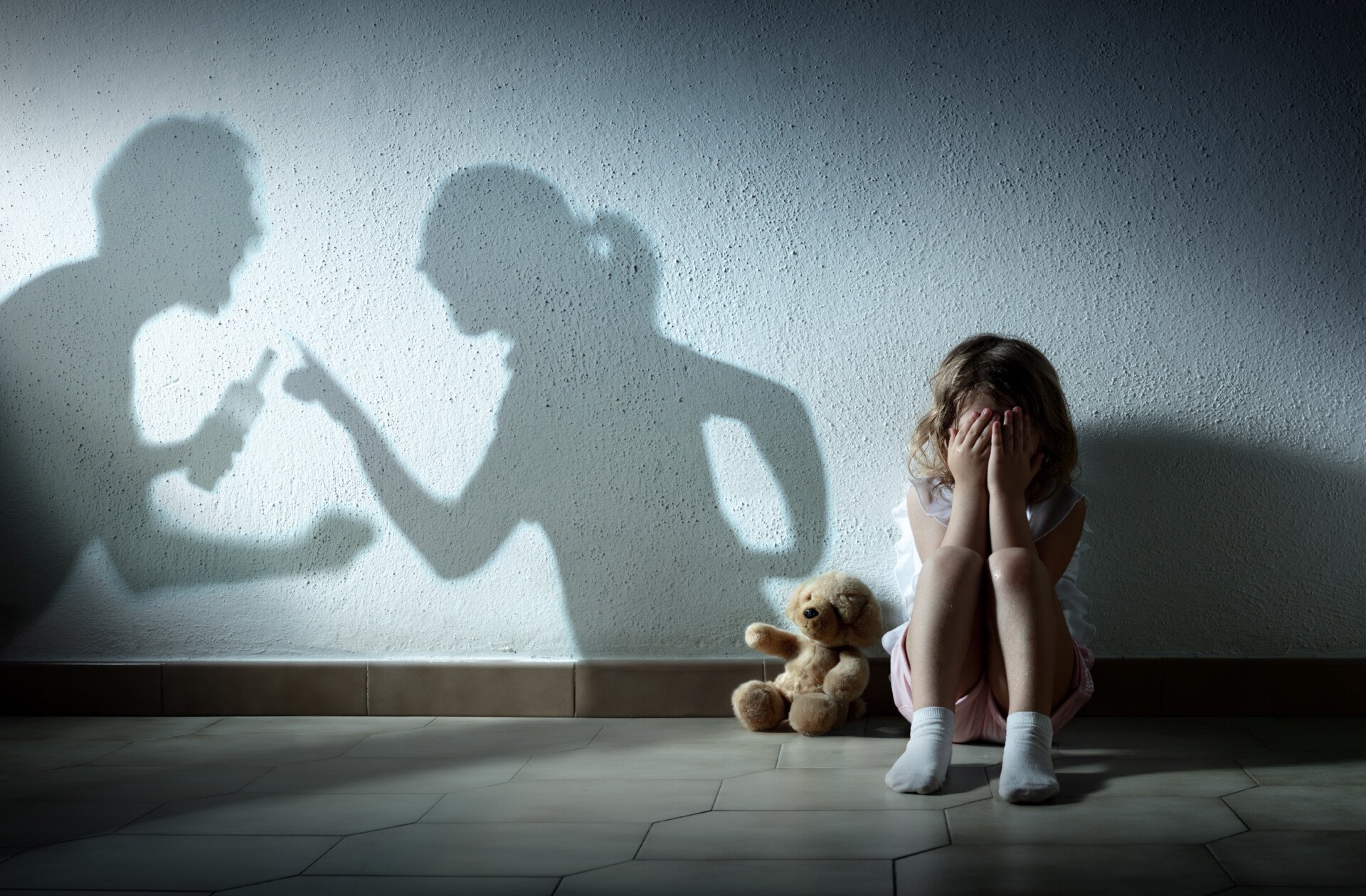
Key Points
- Adults who experienced childhood abuse react more strongly to everyday ups and downs.
- Positive events can unexpectedly stir negative feelings for those with early adversity.
- Not all childhood challenges matter equally – abuse leaves clearer marks than neglect.
- Emotional echoes of childhood persist well into midlife and old age.
A coffee spill, a compliment, and a storm inside
Imagine this: you spill coffee on your shirt before work – your day feels ruined.
Hours later, a friend pays you a heartfelt compliment, but instead of joy, unease creeps in.
For many, these emotional jolts pass quickly. But for adults with difficult childhoods, ordinary ups and downs can feel like earthquakes.
A new study tracking nearly 2,000 adults across eight days reveals that adverse childhood experiences (ACEs) – such as abuse, neglect, or parental divorce – shape how strongly people react to life’s daily wins and setbacks.
Using a daily diary method, participants logged stressors, uplifting moments, and their emotional states each evening.
Researchers then mapped how childhood adversity influenced these emotional swings.
How childhood scars tune adult emotions
The researchers found that adults with more cumulative ACEs had sharper spikes in negative emotion on stressful days.
That wasn’t surprising – past work has shown how early toxic stress primes the nervous system to stay on high alert.
What startled the team was this: those same adults also felt more negativity on good days.
A pleasant interaction or a small success sometimes carried a hidden sting, triggering worry or discomfort instead of ease.
It’s as if the brain’s emotional thermostat, set during childhood, reacts with a twitch even when the weather outside is sunny.
Abuse versus neglect: why the type matters
Not all forms of adversity left the same imprint.
Abuse – whether emotional, physical, or sexual – was linked most strongly to heightened reactions to stress.
Adults with these histories reported bigger drops in positive mood or bigger surges in negative mood on tough days.
Neglect, by contrast, wasn’t as clearly tied to emotional reactivity in this study.
This suggests that being actively harmed may prime the body for stronger stress responses, whereas deprivation shapes other pathways, like attachment and emotional expression.
Household dysfunction also played a role: growing up with a parent struggling with substance abuse predicted more negative reactions to positive events.
When good news feels dangerous
Why would a cheerful moment spark distress?
One explanation comes from “constructed emotion” theory: early adversity fills the brain’s emotional dictionary with negative concepts.
Later in life, when something good happens, the brain struggles to categorize it as safe, defaulting to caution or suspicion.
Another perspective sees this as a survival strategy.
If childhood taught that good moments were often followed by harm or disappointment, then joy itself can feel risky.
The nervous system learns: don’t trust the calm, danger may be near.
Why it matters
More than one in three adults worldwide has lived through childhood adversity.
This study shows those early experiences don’t just predict long-term illness or mental health risks – they ripple into the tiny, everyday emotional shifts that shape our well-being.
For therapists, it highlights why clients with trauma histories may struggle not only with stress but also with accepting joy.
For everyday readers, it offers validation: if good news sometimes feels unsettling, the roots may lie in early wiring, not weakness.
Finding balance in the emotional waves
The story isn’t one of inevitability.
Awareness itself is a powerful first step. Recognizing that a surge of irritation or unease might be a childhood echo allows people to pause before reacting.
Practices like mindfulness, emotion labeling, and body-based therapies can help recalibrate the stress system over time.
Social support also matters. Positive interactions, when repeated and consistent, can gently retrain the nervous system to expect safety in good moments.
Like re-teaching a skittish cat that the sound of a can opener means food, not danger, small, safe experiences build trust in positive emotions again.
A takeaway for all of us
Our daily emotional life is like weather – sunny patches, storms, and passing clouds. For those with harsh childhoods, the storms hit harder and sometimes arrive even on bright days.
But by understanding these patterns, both science and therapy can help turn the volume down, making space for joy to be felt fully and safely.
References
Potter, S., Bridger, E., Piotrowska, P. J., & Drewelies, J. (2025). Emotional reactivity to daily positive and negative events in adulthood: The role of adverse childhood experiences. Emotion, 25(6), 1502–1515. https://doi.org/10.1037/emo0001512


